🎯 Quick Overview
Trailer
- Director: D.W. Griffith
- Genre: Drama, War, History, Propaganda
- Release year: 1915
- Runtime (length): 3h 15min
- IMDb rating: 6.2/10 (27K votes)
- Rotten Tomatoes: 0% (Rotten)
😅 Plot Summary – Badly Explained
Rich white families get annoyed when the Civil War messes up their summer vacation plans, so they start a club to make sure nobody forgets who’s in charge.
🍿 The Birth of a Nation: Detailed Plot Synopsis
The Stoneman and Cameron Families
The film introduces two families: the Stonemans from the North and the Camerons from the South in 1860. Austin Stoneman, a powerful congressman, leads the Stoneman family, while Dr. Cameron heads the Cameron family in South Carolina. The families become close when Phil Stoneman visits the Camerons and falls in love with Margaret Cameron. Meanwhile, Ben Cameron admires a photo of Elsie Stoneman, setting the stage for future relationships.
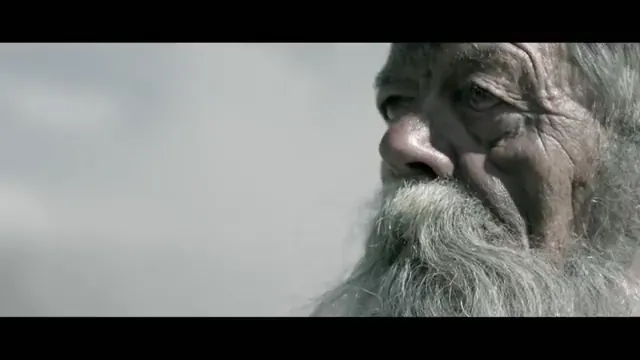
The Civil War Divides
The outbreak of the Civil War disrupts the families’ newfound connection. The young men from both families join their respective armies, fighting on opposing sides. The war leads to casualties and hardships for both families, highlighting the devastating impact of the conflict. Despite the war, the film emphasizes moments of compassion and rescue, showcasing the personal relationships that endure amidst the national crisis.
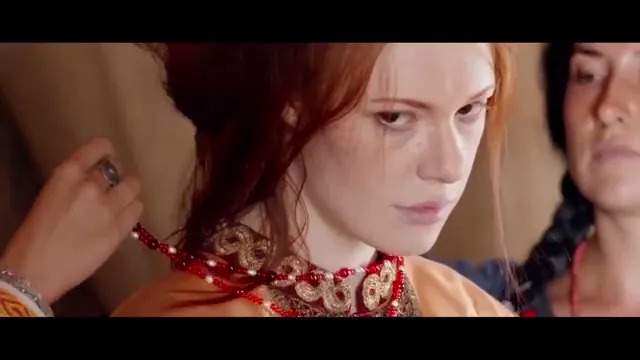
Reconstruction and Racial Tensions
Following the war and Lincoln’s assassination, Reconstruction begins. Austin Stoneman, seeking to empower blacks, appoints Silas Lynch, a mulatto, as lieutenant governor in South Carolina. This decision exacerbates racial tensions, as the film portrays black legislators engaging in stereotypical behaviors and disenfranchising whites. The film showcases these issues with scenes such as the character taking his shoes off and feasting on chicken.
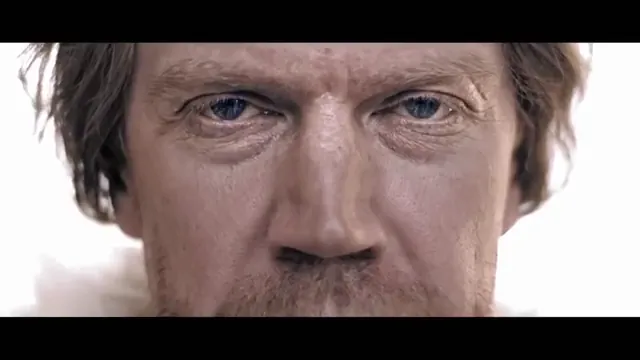
The Rise of the Ku Klux Klan
In response to the perceived injustices of Reconstruction, Ben Cameron forms the Ku Klux Klan. The film depicts the Klan as a heroic force restoring order and protecting white southerners. This portrayal is highly controversial and has been widely criticized for its racist depiction of African Americans and its romanticization of the Klan’s actions. The plot follows a series of events that lead to violent encounters and heightened racial conflict.
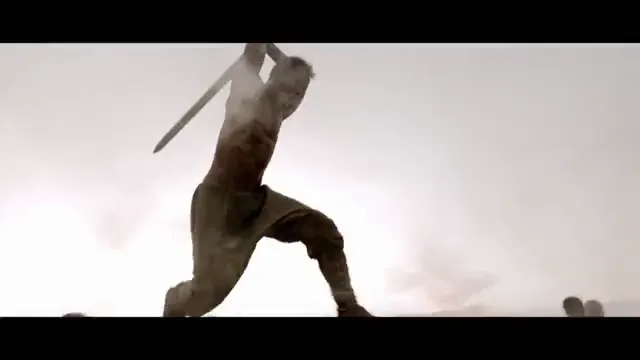
The Cameron’s Peril and Klan Rescue
Dr. Cameron is arrested for possessing Klan regalia, and the family is forced to flee. They seek refuge in a hut occupied by former Union soldiers. Meanwhile, Elsie Stoneman pleads with Lynch for Cameron’s release, but Lynch attempts to force her into marriage. The Klan, led by Ben, rides to the rescue, saving Elsie and the Camerons from danger, reinforcing the film’s pro-Klan narrative.
⚠️ Spoilers and Ending Explained
🎬 Cast & Characters
- Elsie Stoneman (Lillian Gish): A Northern woman who falls in love with a Southerner and is later threatened by Silas Lynch.
- Col. Ben Cameron aka The Little Colonel (Henry B. Walthall): A Southerner who forms the Ku Klux Klan in response to Reconstruction.
- Hon. Austin Stoneman (Ralph Lewis): A powerful Northern congressman who advocates for the rights of blacks during Reconstruction, based on Thaddeus Stevens.
- Silas Lynch (George Siegmann): A biracial politician who uses his power during Reconstruction to threaten Elsie and advance his own agenda.
- Flora Cameron (Mae Marsh): The innocent younger sister of Ben Cameron, whose death at the hands of Gus incites the Ku Klux Klan.
- Gus (Walter Long): A freed black man whose pursuit of Flora Cameron leads to her death and his lynching by the Klan.
💬 Memorable Quotes
- Intertitle: “Dare we dream of a golden day when the bestial War shall rule no more. But instead – the gentle Prince in the Hall of Brotherly Love in the City of Peace.” – This intertitle appears near the end of the film, expressing a utopian vision of peace after the turmoil of war and Reconstruction.
- Intertitle: “The former enemies of North and South are united again in common defense of their Aryan birthright.” – This intertitle appears when former Union soldiers shelter the fleeing Cameron family, highlighting the film’s racial ideology.
- Intertitle: “While youth dances the night away, childhood and old age slumber.” – This intertitle sets a scene of idyllic domesticity before the disruption of the Civil War.
💰Box Office
- Budget: $110,000
- Domestic Gross: N/A
- Worldwide Gross: N/A
💥 The Birth of a Nation Reviews
Personal Review
Watching ‘The Birth of a Nation’ was unlike anything I’ve experienced. The scope and visual storytelling were impressive, especially considering when it was made. But honestly, I had to pause it several times because the racist depictions made me uncomfortable. I think it is vital to understand the power of film, but there is no getting around the fact that this movie is a hard one to sit through because of its racist depiction of history.
- Who would enjoy:
- “Film historians”
- “Students of American history”
- “Those interested in early cinematic techniques”
- Content warnings ⚠:
- “Graphic and explicit racism”
- “Glorification of the Ku Klux Klan”
- “Violence and disturbing imagery”
Professional Reviews
- Variety: “D.W. Griffith’s monumental achievement in filmmaking is undeniable, pushing the boundaries of cinematic storytelling. However, its deeply troubling racial depictions and historical inaccuracies cast a long shadow, making it a difficult film to recommend without serious context.
- The New York Times: “While ‘The Birth of a Nation’ showcases Griffith’s innovative techniques and grand scale, its blatant racism and romanticized view of the Ku Klux Klan make it a deeply problematic and disturbing work. Its influence on cinema is overshadowed by its harmful impact on society.
- Roger Ebert: “Acknowledging the film’s groundbreaking techniques, one cannot ignore the appalling racism that permeates every frame. As such it is a landmark of shame, a reminder that technical brilliance can coexist with moral bankruptcy. Its enduring influence is testament to the power and the peril of cinema.
Audience Reactions
Viewers were shocked by the film’s open racism and KKK glorification.: Many acknowledge its film history significance but condemn the content.
Viewers were disgusted by the fact that most of the African Americans were played by white people in black-face.: Almost everyone said that regardless of film innovation, the racism overshadowed everything.
Overall Consensus: A technically groundbreaking film marred by blatant racism and historical distortions, making it a difficult and controversial viewing experience.
Awards
🛠️ Behind the Scenes
- “D.W. Griffith reportedly spent $110,000 on the film, an exorbitant amount for the time, making it the most expensive film produced in the United States to that point.”
- “The film’s use of cross-cutting, close-ups, and panoramic shots was groundbreaking for its time, heavily influencing the development of cinematic language.”
- “To create realistic battle scenes, Griffith hired hundreds of extras and used complex camera techniques, setting a new standard for war films.”
- “The film’s score, composed by Joseph Carl Breil, was one of the first original film scores, combining classical music with original compositions.”
🖥️ How to Watch The Birth of a Nation?
As a silent film from 1915, ‘The Birth of a Nation’ is not typically available on modern streaming platforms like Prime Video or Apple TV+. It is considered a historically significant film often screened in educational settings. Search for screenings at local film archives, universities, or film societies. Physical copies of the film on DVD or Blu-ray may be available for purchase online through retailers such as Amazon. Educational institutions often have copies available for viewing.
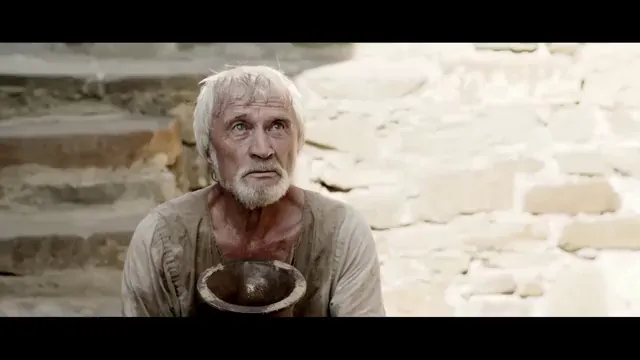
🎥 Similar Movies
If you enjoyed The Birth of a Nation, you might like these similar films:
- Gone with the Wind (1939): Both films depict the American Civil War and Reconstruction era from a Southern perspective, with a focus on the impact on families.
- Glory (1989): Focuses on the experiences of African American soldiers during the Civil War, offering a contrasting perspective to ‘The Birth of a Nation’.
- Intolerance (1916): Directed by D.W. Griffith as a response to the controversy surrounding ‘The Birth of a Nation,’ exploring themes of prejudice and injustice across different historical periods.
- Django Unchained (2012): A modern film that confronts the legacy of slavery and racial violence in America, offering a revisionist take on historical narratives.
🛒 The Birth of a Nation Related Products
- D.W. Griffith’s ‘The Birth of a Nation’: A History of Its Controversies: Delve into the intricate history and controversies surrounding this monumental film. This ebook provides insights into the social and political context of its creation and reception.
- Intolerance (Criterion Collection) Blu-ray: Explore Griffith’s epic response to the criticism of ‘The Birth of a Nation’. This Criterion Collection Blu-ray presents a visually stunning masterpiece that showcases his groundbreaking cinematic techniques.
- Civil War: A Nation Divided (PC Game): Engage in the key battles of the American Civil War. This strategy game lets you command Union or Confederate forces.
- Civil War Era Historical Newspapers: Own a piece of history with reprints of newspapers from the Civil War era. These provide a glimpse into the events and perspectives of the time.
🎧 Soundtrack
The Birth of a Nation features a captivating soundtrack that enhances the movie’s atmosphere and emotional impact. Here are some notable tracks:
- “The Ride of the Valkyries” – performed by Richard Wagner
- “Dixie” – performed by Daniel Emmett
- “A Perfect Song” – performed by Carol Segar Ellis and Joseph Carl Breil
You can find the complete soundtrack on Amazon Music and Apple Music.
🤨 FAQ
‘The Birth of a Nation’ is a 1915 silent film that tells the story of the American Civil War and Reconstruction era through the experiences of two families, one from the North and one from the South. It controversially portrays the Ku Klux Klan as a heroic force.
The film is highly controversial due to its racist depiction of African Americans and its sympathetic portrayal of the Ku Klux Klan. Many black characters are portrayed using stereotypes, and the KKK is presented as a force for good, restoring order to the post-war South.
The film is widely believed to have contributed to the resurgence of the Ku Klux Klan in the early 20th century. Its sympathetic portrayal of the Klan helped to legitimize the organization in the eyes of many white Americans, leading to increased membership and influence.
Despite its controversial content, ‘The Birth of a Nation’ is considered historically significant for its innovative filmmaking techniques, including its use of close-ups, panning shots, and battle sequences. It was one of the first feature-length films and a major box office success, helping to establish the modern American film industry.
🔥 Bonus Content
Each President’s Favorite Movie
Did you know Woodrow Wilson was the first president to watch a movie in the White House? It was ‘The Birth of a Nation’! Check out this short video to find out how presidential movie preferences can reveal a lot about their values. Pretty interesting stuff!
The Birth of the Feature Film: Crash Course Film History #6
Ever wonder how movies evolved from short clips to full-length features? This Crash Course episode dives into the early days of cinema and the role of D.W. Griffith. It’s a fascinating look at film history, even if some parts are a bit problematic!
The Birth of a Nation | Based on a True Story
‘The Birth of a Nation’ claimed to be based on a true story, but how accurate was it really? This video breaks down the historical inaccuracies and the harmful impact the film had, including the revival of the KKK. Definitely worth watching to understand the film’s dark side.
The Birth of a Nation & The Origins of the NAACP
Want to know how ‘The Birth of a Nation’ spurred the creation and growth of the NAACP? This quick video explains the film’s racist agenda and how it unified black Americans to fight for their rights. It’s an important piece of history!
✨ Rate
There are no reviews yet. Be the first one to write one.





